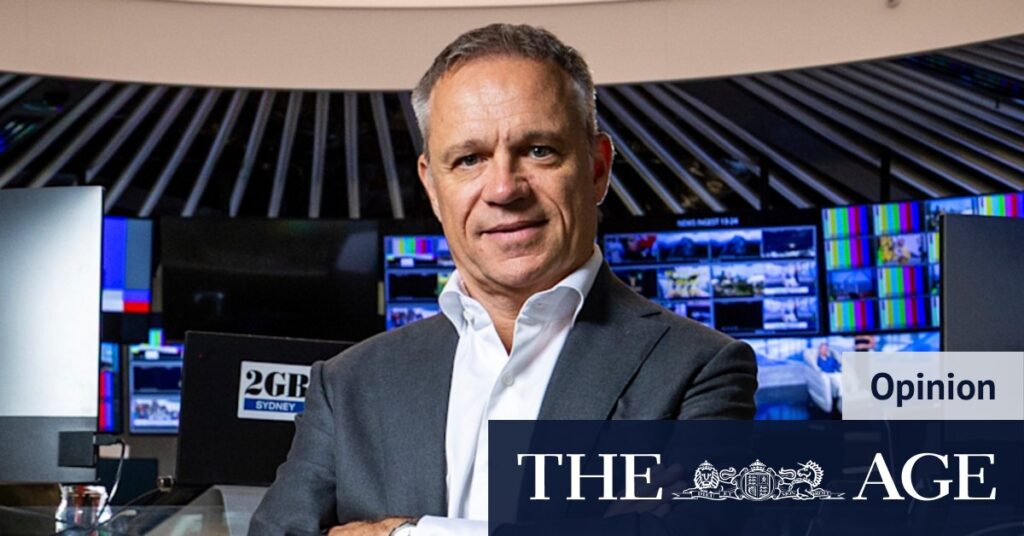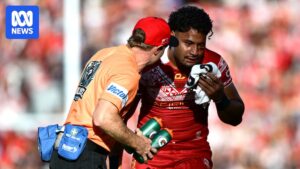
Nine Entertainment’s chief executive, Matt Stanton, is navigating one of the most challenging roles in corporate Australia, a year into his tenure. With tech behemoths like Google and Meta encroaching on advertising revenues and content, and artificial intelligence companies such as OpenAI and Anthropic utilizing Nine’s content to train their models, the pressure is mounting.
This digital squeeze is being applied by well-funded U.S. companies, and Stanton, alongside his industry peers, is hopeful that the Australian federal government will intervene. On Thursday, Stanton spent a day in Canberra, engaging in his regular lobbying efforts to address these concerns.
Government Intervention and Media Bargaining
The traditional media sector is calling for decisive action from the federal government, which has previously supported publishers through the mandatory news media bargaining code. This code was designed to ensure compensation from tech giants like Google and Meta. However, Meta has since exited negotiations, leaving a stalemate that only the Albanese government can resolve.
Stanton remains optimistic, stating, “the government has our back,” and has joined forces with other Australian publishers, including rival News Corp, to ensure this support translates into decisive action. The coalition is urging awareness of the threat posed by AI companies like OpenAI, which are already scraping local content without compensation.
Stanton highlights that Nine’s Australian Financial Review is “scraped” by AI 10 times every second, likening the situation to a game of Whac-A-Mole.
International Challenges and Domestic Strategy
Adding to the complexities, U.S. President Donald Trump’s protectionist policies pose potential tariff challenges. Trump’s history of pressuring governments that attempt to regulate U.S. tech giants complicates matters further. The upcoming meeting between Prime Minister Anthony Albanese and Trump could be pivotal, especially given Trump’s recent diplomatic success in the Middle East.
Despite these external pressures, Stanton is focused on maintaining Nine’s operational momentum. Since taking the helm, he has initiated significant changes to unify the company’s diverse media operations, leveraging data across publishing, radio, streaming, and broadcasting.
Stanton cites the example of broadcasting the Australian Open tennis, where Nine used subscriber data from The Age and The Sydney Morning Herald to target tennis enthusiasts, successfully converting them into viewers on 9Now. This integrated approach strengthens Nine’s competitive position.
Strategic Moves and Future Prospects
In a surprising move, Nine sold its 60% stake in the digital real estate portal Domain earlier this year. Despite being a growth asset unaffected by disruption, the $3.2 billion offer from U.S. property giant CoStar was too lucrative to decline.
“It’s all about shareholder return … because the price was too good to say no to,” Stanton explained.
With the proceeds, Nine has returned some capital to shareholders while retaining funds for potential acquisitions or bids for sports broadcast rights. The future could also see additional funds from a possible sale of Nine’s radio business.
Speculation abounds regarding Nine’s interest in acquiring outdoor advertising group oOh!media. While Stanton hasn’t ruled out the possibility, he remains non-committal about pursuing this acquisition.
As Nine Entertainment navigates these multifaceted challenges, the company’s strategic decisions and government interactions will be crucial in shaping its future in the rapidly evolving media landscape.







